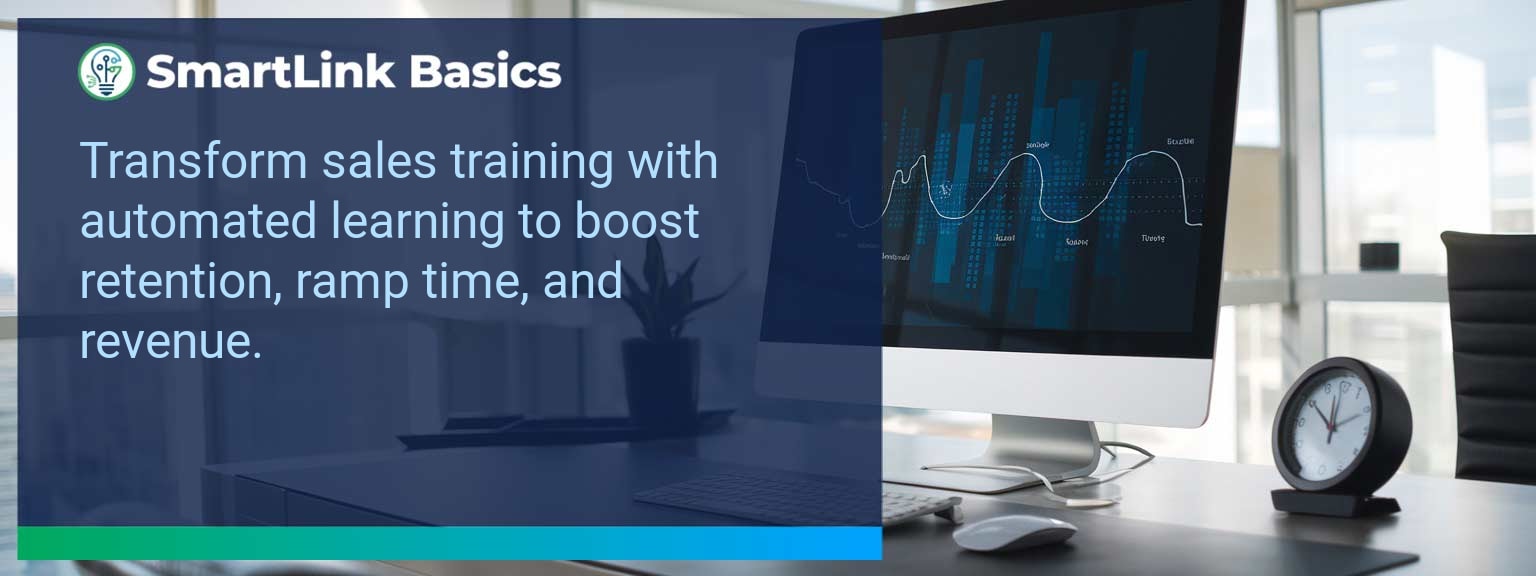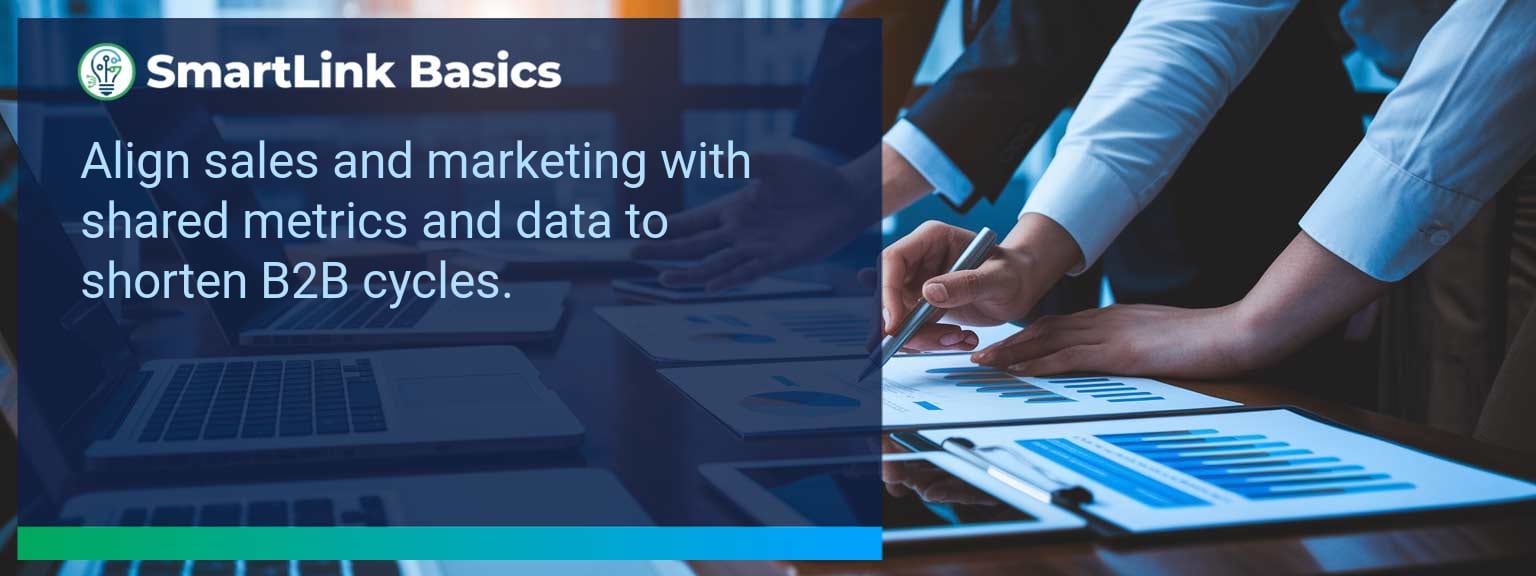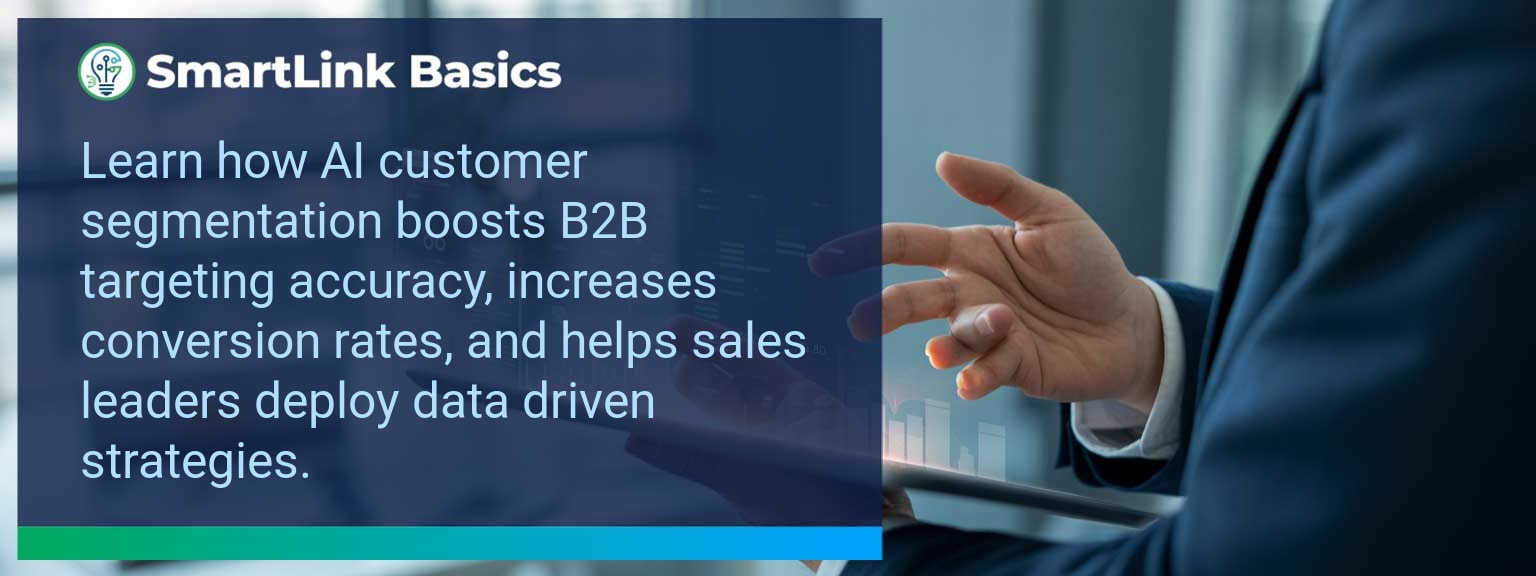Industry data shows that organizations adopting AI-driven automation achieve cost reductions of up to 30% while accelerating sales cycles by 20% or more (McKinsey, 2024). For sales leaders, AI automated workflows now define competitive advantage, enabling teams to reallocate time from repetitive tasks to high-value engagements. At SmartLink Basics, we help decision-makers implement these systems strategically, ensuring they integrate with existing revenue operations. In this article, you’ll see how AI automated workflows power business outcomes, the common obstacles that slow adoption, and practical steps to optimize processes. You’ll walk away with proven examples, a 90-day action blueprint, and measurable KPIs to track results.
- Automate repetitive administrative and CRM updates with AI.
- Integrate machine learning to personalize outreach at scale.
- Streamline approvals, quotes, and contract workflows for speed.
- Use predictive analytics to prioritize sales opportunities.
- Track adoption and performance with targeted metrics.
AI Automated Workflows: What Changed and Why It Matters
AI adoption has shifted from experimental to operational, making automated workflows a standard in high-performing sales organizations. The real advantage lies in combining workflow automation with artificial intelligence workflows to optimize every step of the revenue process. Sales leaders now use AI to synchronize touchpoints, reduce manual inputs, and ensure faster execution. For example, a B2B SaaS leader introduced automated lead enrichment and routing, cutting qualification time by 60%. Actionable insight: Audit processes for time-intensive handoffs and apply AI where repeatability is high.Redesign the Revenue Operating System With AI Automated Workflows
ICP, Segmentation, and Targeting AI-enabled segmentation uses historical wins, firmographic, and behavioral data to dynamically update ICP profiles. This ensures targeting precision without quarterly re-work. Pipeline Architecture Automated workflows push opportunities through the right stages based on engagement signals. AI flags at-risk deals for intervention. Plays and Messaging Integrated automation tools deliver personalized sequences based on buyer activity, increasing relevance at every touchpoint. Operating Cadence AI schedules follow-ups, forecast calls, and account reviews based on actual pipeline movement rather than static calendars. Actionable insight: Implement automation that adapts in real-time to both internal and buyer-driven events.Common Obstacles To Achieving Seamless Automation
The most frequent challenges are fragmented systems, inconsistent data quality, and cultural resistance. Without a unified data layer, automation amplifies errors rather than solving them. Coca-Cola Europacific Partners reported needing a full data governance upgrade before AI could improve sales workflows. Leaders must first assess infrastructure readiness and train teams to trust AI-influenced recommendations. Actionable insight: Before deployment, establish clean data practices and a single source of truth.Implementing AI To Optimize Workflows
Effective deployment of AI process optimization starts with mapping current-state processes, identifying friction points, and matching them with automation tools. For example, automating proposal generation based on CRM opportunity data can reduce turnaround from three days to one hour. Solutions combining business process automation platforms with machine learning integration enable continuous performance improvement. Actionable insight: Pilot in one high-impact stage, measure, and then expand.Tangible Benefits From Automated Processes
The benefits extend beyond time savings — sales leaders gain a scalable system. Tangible outcomes include faster quote-to-close, higher lead conversion, and better forecast accuracy. A manufacturing firm implemented AI-assisted order processing and cut errors by 40%, improving on-time delivery rates. Actionable insight: Track both speed and accuracy to measure workflow automation effectiveness.Metrics That Matter
| Category | Metric | Definition | Target |
|---|---|---|---|
| Leading | Workflow Completion Rate | % of automated sequences executed without manual intervention | 95%+ |
| Leading | AI Suggestion Adoption Rate | % of AI-generated action recommendations executed by reps | 80%+ |
| Lagging | Cycle Time Reduction | Decrease in time from lead entry to closed-won | 20%+ |
| Lagging | Revenue Per Rep | Average sales revenue generated per sales rep per quarter | +15% YoY |
| Quality | Automation Error Rate | % of workflows that trigger incorrect outcomes | <1% |
| Quality | Customer Satisfaction Post-Automation | Average CSAT score after automation implementation | ≥ 4.5/5 |
Innovations And Next Steps For AI Automation
Emerging capabilities like AI-generated playbooks, intent-driven dynamic routing, and integrated AR for virtual product demos are shaping the next wave of sales automation. Companies integrating these tools early will outpace competitors in speed and personalization. Actionable insight: Stay ahead by testing emerging automation features quarterly and aligning them with evolving buyer expectations.Get the 90-day plan, coaching rubric, and dashboard template to operationalize AI in your enablement program.
Turning AI Automation Into a Revenue Multiplier
AI automated workflows are now a strategic lever for predictable, scalable growth. This guide outlined current applications, adoption challenges, a 90-day execution plan, and measurable success criteria. To make automation pay off, sales leaders should integrate tools into one cohesive operating system and review results monthly for continuous improvement. Access more AI-driven sales enablement resources from SmartLink Basics to design a high-performance automation strategy. High-performing sales organizations share one common factor: strong, disciplined leadership. At SmartLink Basics, we see repeatedly that sales leadership strategies are the bridge between great potential and actual revenue growth. Without clear direction, structured processes, and measurable accountability, even the most talented teams underperform. This article outlines proven leadership-driven tactics to optimize lead qualification, sharpen team execution, and increase conversion rates. You will learn how to identify performance gaps, implement scalable techniques for sales growth, and adapt your leadership playbook to shifting markets.- Define precise qualification criteria aligned with Ideal Customer Profile (ICP).
- Audit and improve pipeline management structures.
- Equip teams with targeted plays and messaging frameworks.
- Install disciplined operating cadences for performance tracking.
- Continuously adapt strategies based on market signals.
Identifying The Gaps In Sales Performance
Sustainable sales performance requires precise insight into what limits conversion rates. Even well-trained teams can lose momentum if qualification criteria are vague or decision-making data is incomplete. Common gaps include poorly defined target segments, inconsistent follow-up, and lack of alignment between marketing leads and sales readiness. One technology startup we advised was missing quarterly targets despite an active pipeline. The issue was not volume, but the absence of a clear ICP, resulting in wasted time with low-probability prospects. By refining target parameters and qualifying earlier in the cycle, close rates improved by 28% in two quarters. Sales leaders should conduct periodic performance mapping to locate weak links and address them before they harden into habits.Implementing Proven Leadership Techniques For Sales Growth
Sales leadership strategies must connect strategic vision with frontline execution. The most effective leaders focus on four operational pillars: ICP clarity, structured pipeline architecture, defined plays, and disciplined cadence. Each is a force multiplier for conversion. ICP, Segmentation, and Targeting Establish precise ICP definitions backed by behavioral and firmographic data. Segmentation ensures teams engage the right accounts at the right time. Pipeline Architecture Design a pipeline structure that reflects actual buying journeys, with clear stage definitions and exit criteria to prevent stalled deals. Plays and Messaging Standardize winning plays — structured outreach sequences, objection handling guides, and industry-specific value propositions. Operating Cadence Integrate consistent review meetings, performance dashboards, and forecast validations to maintain operational rhythm. By embedding these pillars into team routines, leaders create a performance model that can be scaled across markets.Achieving Increased Conversions Through Better Leadership
Conversions climb when sales teams are led with decisiveness, clarity, and a measurable plan. Leadership-driven process improvements — from lead generation optimization to enhanced coaching — directly influence close rates and sales performance improvement. A regional services firm that adopted a formal coaching cadence and targeted skill development programs saw a 15% improvement in proposal-to-close ratios within 90 days. This gain came from focusing on high-quality opportunities and using structured follow-up systems instead of reactive outreach. Effective sales leadership keeps the team anchored to the processes proven to work, even when external conditions fluctuate.| Category | Metric | Definition | Target |
|---|---|---|---|
| Leading | Qualified Leads | Number of leads meeting ICP criteria | >75% of all leads |
| Lagging | Conversion Rate | Percentage of opportunities closed-won | >30% |
| Quality | Sales Cycle Time | Average days from qualification to close | ≤45 days |
Adapting Strategies For Tomorrow’s Market Demands
Markets evolve, buying behavior shifts, and technology redefines engagement channels. Strong leaders anticipate change and adjust without losing operational discipline. Incorporating leadership development in sales ensures managers stay equipped to lead in both stable and volatile environments. Scenario planning, competitive analysis, and customer feedback loops should be embedded into leadership routines. This readiness allows for the timely refresh of plays, processes, and enablement programs, keeping the team ahead of competition and market disruption.Get the 90-day plan, coaching rubric, and dashboard template to operationalize AI in your enablement program.









